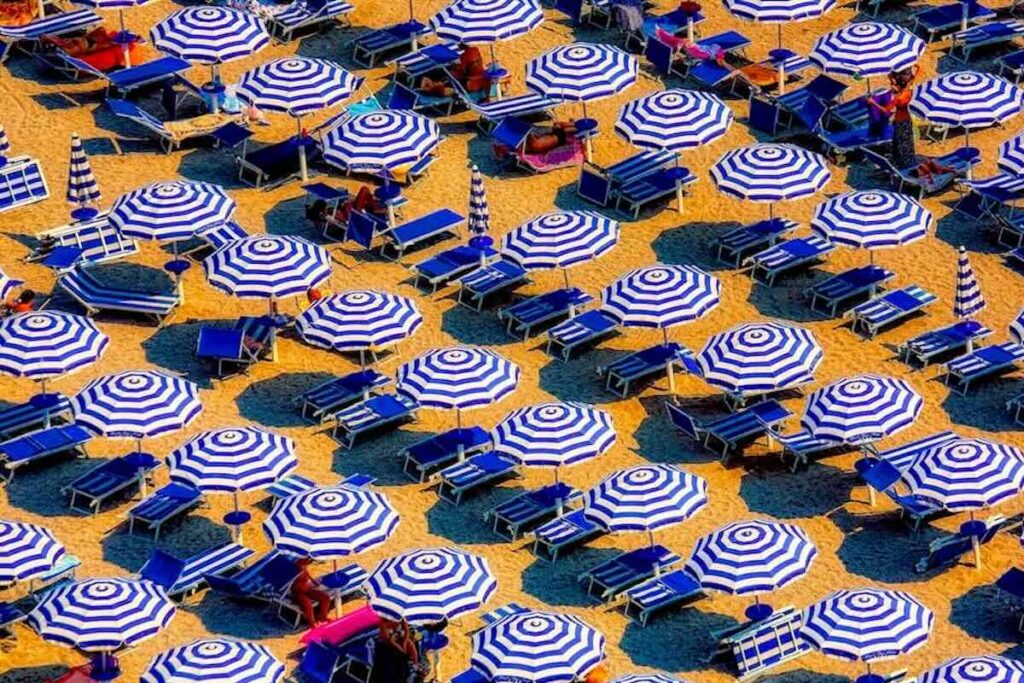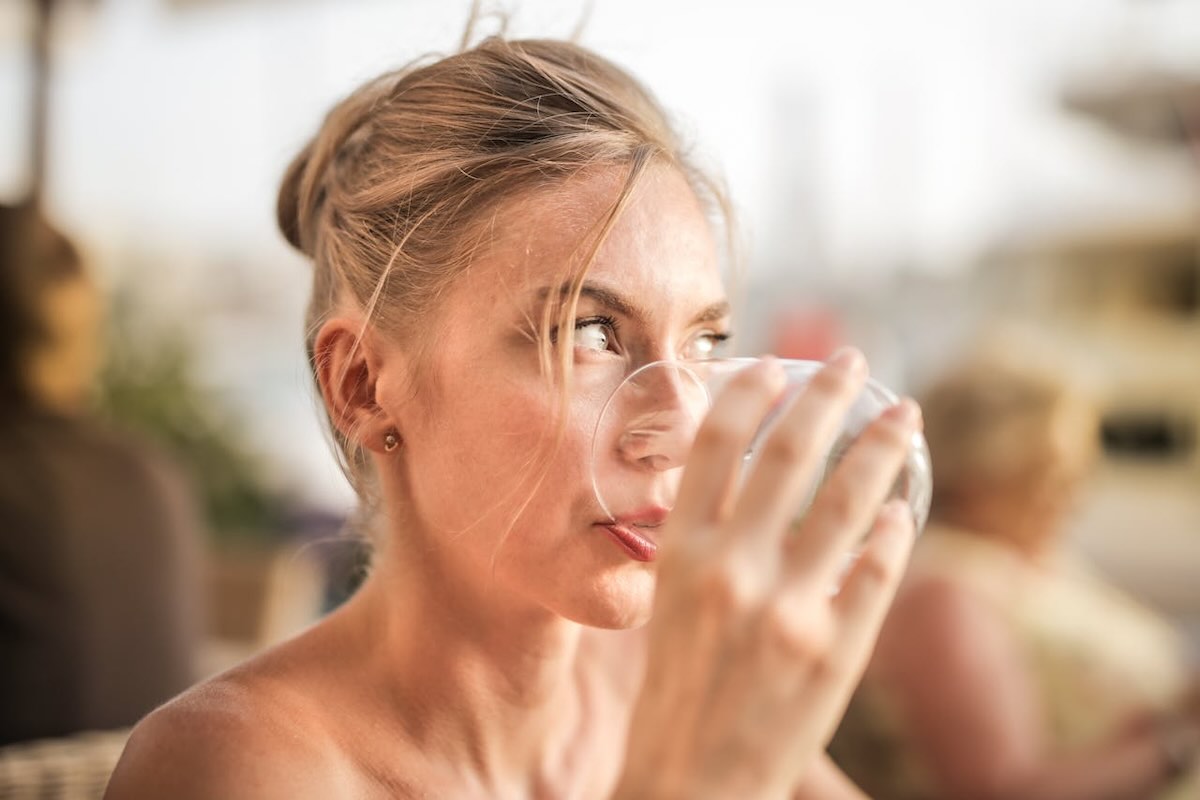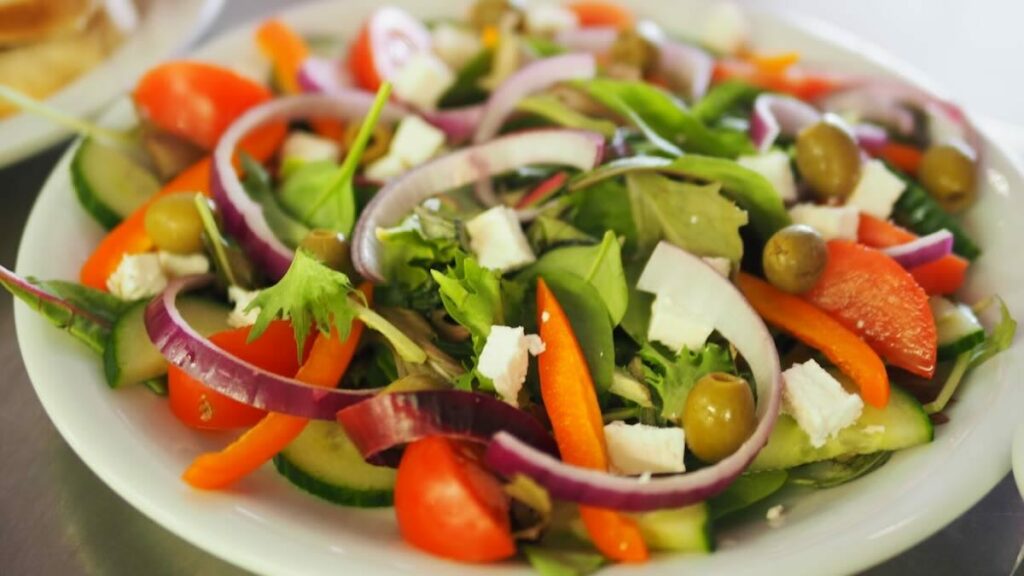Intense heatwave in Spain: how to protect yourself on vacation?
Spain regularly experiences summer heat waves in July and August. In some regions, temperatures reach very high levels. Nevertheless, Spain remains a popular destination for its beaches, culture and cuisine. Find out how to travel with peace of mind despite the heatwave, and how to protect yourself during a heatwave.

Heatwave in Spain: understanding the dangers and recognizing heat stroke
Heat waves in Spain can lead to a variety of health risks, including heat stroke, dehydration and exhaustion. When the mercury rises above 40°C, it becomes crucial to be well prepared before going out, and to take all the necessary precautions. This applies to the central regions as well as Andalusia, particularly in the cities of Seville, Malaga and Cordoba.
Heatwave: What are the signs of heatstroke?
Heatstroke often manifests itself through symptoms such as headaches, dry, hot skin, nausea or dizziness. It’s important to recognize these signs early to avoid more serious consequences.
Keep well hydrated during your stay in Spain

Staying hydrated is essential. Water should be your best friend on those hot days in Spain. Here are a few simple tips:
- Drink small quantities of water throughout the day rather than one large quantity at a time. If you’re sightseeing in a city like Madrid or Seville, don’t hesitate to buy small bottles of water throughout the day to keep well hydrated.
- Avoid alcoholic or caffeine-rich beverages, which can accentuate dehydration.
- Choose water and natural, unsweetened fruit juices.
Protect yourself from the sun as much as possible
Seeking shade is another key strategy. Shaded areas allow the body to maintain a lower temperature. Whether you’re on the beaches of Valencia or visiting the historic center of Madrid, always choose to walk on the shady side of the streets and rest frequently in cool places. To make the most of your day without feeling too hot, we recommend that you visit museums during the hottest hours, i.e. between 2.30 p.m. and 5.30 p.m.
Tailor your repart while enjoying Spanish gastronomy
Eating lightly is recommended during periods of extreme heat. Choose water-rich foods such as fruit and vegetables. Here are some delicious suggestions:
- Watermelon and melon, perfect for moisturizing snacks. We recommend Spanish melons, which are delicious.
Fresh salads with cucumber, tomato and lettuce. - Gaspacho: this typical Spanish cold soup is not only refreshing, but also nutritious.
Avoid hearty, hot dishes such as cocido.

Avoid heavy meals and take naps
Heavy meals can increase internal body heat, so avoid fatty dishes and opt for smaller portions spread throughout the day.
It’s also advisable to take naps during the hottest part of the day, as this will not only help you regain your strength, but also combat the heat effectively.
Organize your activities according to the outside temperature
Heat waves in Spain are quite unpredictable, so it’s important to have several options for activities depending on the weather. Avoid sightseeing between 2 and 5 p.m. or sunbathing during the peak of the heat wave.
The best solution is to adapt to the Spanish rhythm and take advantage of the morning to visit the city or go to the beach, then take a nap during the peak of the heat, and finally take advantage of the end of the day and evening to visit a museum and have a drink on the terrace.
